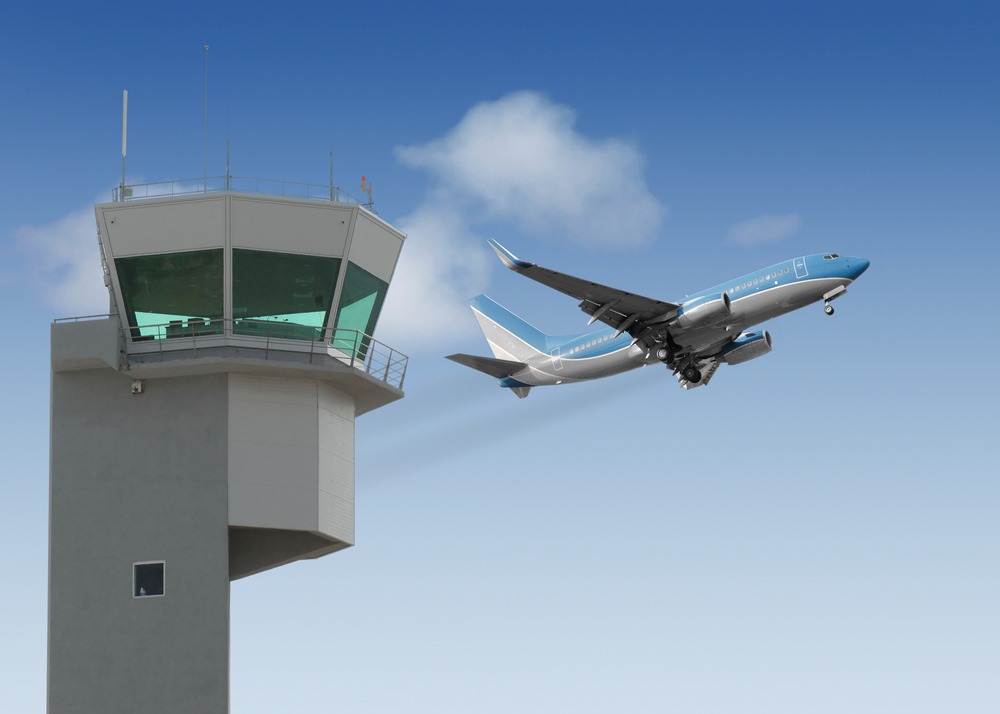
With members of Congress barely beating an end-of-day Feb. 8 deadline to fund the government with a long-term spending deal or face a partial shutdown, and with President Donald Trump ambivalent about the latter, the situation proved yet again why the nation’s handling of air transportation needs an upgrade, says a Capitol Hill policy expert.
Such government-wide shutdowns and budget reductions create funding doubts for the Federal Aviation Administration (FAA) and skepticism about its contracting abilities around improving air traffic control (ATC) via its NextGen infrastructure modernization project, former Sen. Byron Dorgan (D-ND) told Transportation Today during a Feb. 6 interview.
“Getting NextGen air traffic control implemented is difficult to get done at the FAA, which is way behind getting it done and way behind other countries in moving this advanced technology forward,” said Dorgan, who retired from the U.S. Senate in 2011 after a 30-year career, serving 12 years in the U.S. House of Representatives followed by 18 years in the Senate.
“This has largely been due to the uncertainty of funding for the future. Will we have a shutdown this week or will we have another continuing resolution, for example? There’s no telling sometimes,” said Dorgan, now a senior policy advisor with the Washington, D.C., law firm Arent Fox LLP.
Considered one of the most ambitious infrastructure projects in U.S. history, NextGen — which stands for Next Generation Air Transportation — includes a 21st century GPS satellite-based system that will dramatically improve communications, automation, navigation and surveillance in management of U.S. air traffic. The FAA started the improvement project in 2007 and has hit several snags, including some related to billion-dollar contracts. The FAA says NextGen remains on target to have all major components in place by 2025.
Such recurring funding uncertainty, however, is a problem Dorgan thinks could be fixed under the 21st Century Aviation Innovation, Reform and Reauthorization (AIRR) Act, H.R. 2997, introduced June 22, 2017 by U.S. Rep. Bill Shuster (R-PA). The bipartisan legislation would fund the FAA through fiscal year 2020 and certain FAA programs from FY2018 through FY2023.
Having a modern air traffic control (ATC) system that receives reliable funds would ensure that safety, efficiency and modernization don’t get compromised by such shutdowns, said Dorgan.
Another way to ensure such dependable funding, he said, is under the H.R. 2997 provision that proposes spinning off ATC operations from the FAA. Air traffic control would be overseen by a not-for-profit corporate entity, while the separate FAA would have certification authority and would focus strictly on safety regulations.
Rep. Shuster has said this arrangement would provide additional funding to more quickly deploy NextGen technologies, ATC equipment and new navigation procedures. Dorgan, who previously served as chairman of the Senate Commerce, Science, and Transportation’s aviation subcommittee, said he supports the measure. President Donald Trump also has said he supports the idea as part of his $1.5 trillion nationwide transportation infrastructure improvement plan, but did not mention the proposal during his Jan. 30 State of the Union speech. The White House is scheduled to release its set of infrastructure principles later this month and then Congress would have to develop a bill that includes mechanisms for how to fund the president’s plan.
Potential ATC funding idea
Dorgan, as co-chairman of the Eno Center for Transportation Aviation Working Group, had helped oversee the development and release in February 2017 of the advisory group’s report, Time for Reform: Delivering Modern Air Traffic Control, which reportedly has been highly regarded by the Trump administration.
“Eno proposes that either a new government corporation or an independent, non-profit organization, should be chosen as the new provider of ATC services in the United States,” the working group concluded in its report, which summarized four possible reform options for ATC, each option maintaining the FAA as the safety regulator of the system.
Regarding potential funding mechanisms, the working group concluded that for each possible reform option – a government corporation, a nonprofit independent organization, a private for-profit organization, or funding reform within its current structure – that ATC essentially would be self-funded to ensure “that the pursuit of profits would not take precedence over safety.”
Such an approach also would encourage reinvestment in the system for modernization or reducing user fees, for example, according to the report.
Another “key benefit of this approach is that ATC provision would not be subject to congressional appropriations and federal procurement and personnel rules, allowing the new organization to more efficiently provide these services,” according to the report.
Dorgan said during the interview that these are just some of the many reasons supporting a shift to separating the FAA and ATC, despite the holdup to do so in the United States.
“Some of it is policy; most of it is politics. This is a big decision and it’s hard to do,” Dorgan said.
According to the Eno working group’s report, more than 50 countries have concluded during the last 30 years that having a highly technical service, such as ATC, directly provided by the government and dependent on national budgets and public sector regulations is not conducive to providing an efficient and cost-effective operation.
“I happen to think we have a pretty safe air traffic control system, but I also think we’ve been slow to move toward a satellite-based ATC guidance system,” said Dorgan. “If we don’t make this change, it will affect when we’re able to improve our capabilities.
“Because it’s not a question of whether, it’s a question of when — the ATC and FAA must separate in order to make progress,” he said.